Ever find yourself standing in an RV lot, staring at a dizzying array of brands, and think, ‘Why so many?’ You’re not alone. It’s like the cereal aisle of the great outdoors, each box—or in this case, RV—promising a unique blend of freedom and comfort.
But why the overabundance? Is it consumer demand, brand wars, or perhaps a secret RV society we’re not privy to? Buckle up; we’re about to take a scenic route through the winding roads of RV branding, where the journey is just as fascinating as the destination.
Key Takeaway:
The abundance of RV brands is not a coincidence but reflects a highly dynamic and consumer-driven market. Factors like diverse consumer preferences, market segmentation, technological innovation, and economic conditions collectively contribute to this variety. In essence, the multitude of RV brands serves as a mirror to our own diverse needs and desires as travelers.
A Brief History of the RV Industry: How We Got Here
The RV industry has come a long way since the early days of motorized campers. What started as a niche market for outdoor enthusiasts has exploded into a multi-billion dollar industry. The growth and diversification of the RV market have paved the way for a multitude of brands to emerge, each catering to specific needs and preferences. Even Warren Buffett’s company, Berkshire Hathaway, entered the RV Industry by purchasing Forest River in 2005.
Understanding Consumer Demand: It’s Not One Size Fits All
One of the primary reasons for the abundance of RV brands is the diverse range of consumer demands. Some people are looking for the luxury and sophistication of Class A RVs, while others prefer the compact and budget-friendly nature of travel trailers. Then there are those who want specialized features like outdoor kitchens or reliable toilets. It’s like dating; everyone has their “type.”
Table 1: Common Consumer Preferences and Corresponding RV Types
| Consumer Preference | Type of RV |
|---|---|
| Luxury | Class A |
| Budget-friendly | Travel Trailer |
| Outdoor Cooking | RVs with Outdoor Kitchens |
| Reliable Sanitation | RVs with Porcelain Toilets |
Market Segmentation: A Pie Cut into Many Slices
Another significant factor contributing to the plethora of RV brands is market segmentation. The RV market isn’t just a single pie; it’s a pie cut into various slices, each with its own set of brands. For instance, you have different classes of RVs, such as Class A, Class B, and Class C, not to mention travel trailers, fifth wheels, and so on. Each of these segments has multiple brands vying for consumer attention. If you’re confused about which type of RV suits you best, check out this beginner’s guide to RV classes to help you decide.
Table 2: Market Segments and Popular Brands
| Market Segment | Popular Brands |
|---|---|
| Class A | Winnebago, Tiffin |
| Class B | Airstream, Roadtrek |
| Class C | Jayco, Thor Motor Coach |
| Travel Trailers | Forest River, Keystone |
| Fifth Wheels | Grand Design, Dutchmen |
Technological Advancements: The Spice of RV Life
Technology has been a game-changer in the RV industry, just like it has in virtually every other sector. Advancements in technology have allowed brands to offer specialized features, from sophisticated water systems to innovative kitchen solutions. These technological nuances give brands a way to differentiate themselves and cater to specific consumer needs. It’s like smartphones; remember when making a call was the only feature? Ah, simpler times.
Brand Differentiation: The Secret Sauce
In a crowded marketplace, standing out is crucial. That’s where brand differentiation comes into play. Although many RVs look the same, each RV brand tries to carve out its own niche by offering unique features, quality levels, and price points. Whether it’s Winnebago’s reputation for quality or Grand Design’s in-depth brand analysis, each brand has its own “secret sauce” that makes it appealing to a particular segment of consumers.
Table 3: Brand Differentiators
| Brand | Unique Selling Proposition |
|---|---|
| Winnebago | High-quality construction |
| Grand Design | Luxury features |
| Jayco | Family-friendly designs |
| Forest River | Versatility and affordability |
Economic Factors: The Highs and Lows
Economic conditions can also influence the number of RV brands in the market. During economic booms, more brands may emerge to capitalize on increased consumer spending. Conversely, during recessions, you might see some consolidation as weaker brands get acquired or go out of business. If you’re wondering about the cost of RV ownership, it’s a good idea to consider these economic ebbs and flows. After all, even RV brands aren’t immune to the rollercoaster of economics.
The Pandemic Effect: A Surge in RV Interest
The COVID-19 pandemic has profoundly impacted various industries, and the RV sector is no exception. During a time when air travel and hotel stays became less appealing due to health concerns, RVs emerged as a safer, more controlled environment for travel and leisure. The pandemic led to a surge in interest in RVs as people sought ways to escape cabin fever while still adhering to social distancing guidelines.
Google Trends Search Data: Showing a spike in interest for RV
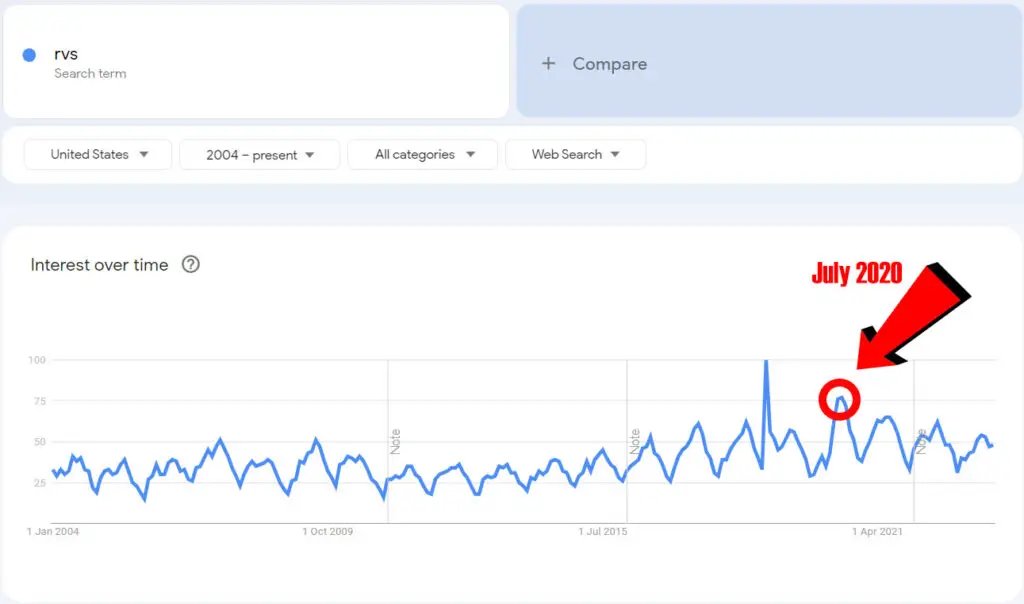
Table 5: Reasons for Increased RV Interest During the Pandemic
| Reason | Explanation |
|---|---|
| Social Distancing | RVs offer a way to travel while maintaining a controlled environment. |
| Remote Work | The rise of remote work made it easier for people to work from anywhere. |
| Travel Restrictions | With international travel limited, domestic road trips became more appealing. |
| Family Bonding | RVs offer a unique setting for quality family time away from daily distractions. |
This surge wasn’t just a flash in the pan; it had a lasting impact on the RV industry. New brands and models have emerged to cater to the pandemic-induced demand, focusing on features like enhanced sanitation, office spaces, and better internet connectivity. If you’re new to the RV world and are overwhelmed by the choices, don’t worry. Our beginner’s guide with a cheat sheet can help you.
Corporate Consolidation: The Big Fish in the RV Pond
In any industry, there’s a natural ebb and flow of companies entering and exiting the market. The RV industry is no different. While we’ve talked about the explosion of brands, it’s crucial to also discuss the phenomenon of corporate consolidation. In simpler terms, this is where the “big fish” companies acquire or merge with the “smaller fish,” often to expand their market share, diversify their product offerings, or eliminate competition.
Table 6: Examples of Corporate Consolidation in the RV Industry
| Acquiring Company | Acquired Company | Year | Reason for Acquisition |
|---|---|---|---|
| Thor Industries | Jayco | 2016 | Expand product line |
| Winnebago | Grand Design | 2016 | Enter luxury market |
| Forest River | Coachmen | 2008 | Diversification |
Image showing RV Industry corporate consolidation
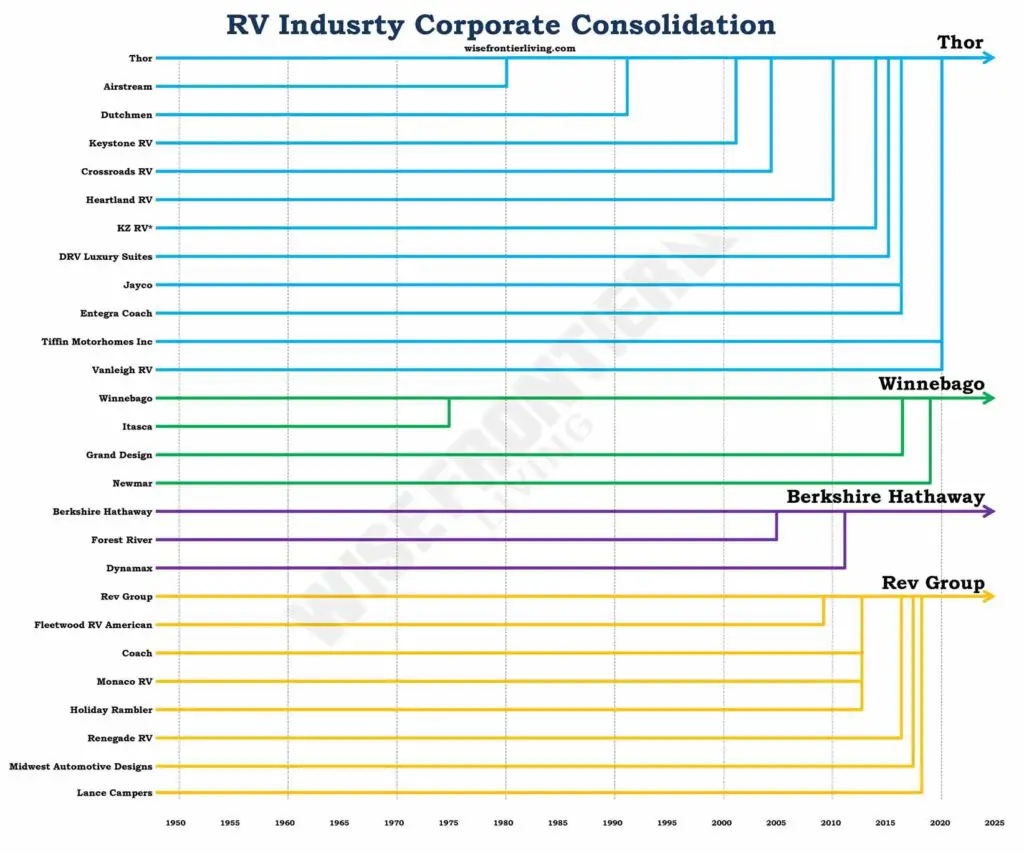
Corporate consolidation can have both positive and negative impacts. On the one hand, it can lead to more streamlined operations and potentially lower prices for consumers. On the other hand, it can reduce the diversity of brands and options available in the market. If you’re curious about how different brands are actually part of larger corporations, this list of largest U.S. RV manufacturers and the brands they own can provide some eye-opening insights.
Why Does This Matter?
Understanding corporate consolidation is crucial for consumers for several reasons. First, it helps you see beyond the brand name and understand the larger entity that stands behind it. Second, it can influence warranty terms, customer service, and even resale value. Lastly, it can also affect the availability of parts and service, as larger corporations often have more extensive networks for after-sales support.
Globalization: The World is Your Campground
Brands from Europe, Asia, and other parts of the world are entering markets they never would have considered a few decades ago. This international mingling adds yet another layer of diversity to the RV brand landscape. If you’re interested in how different brands stack up against each other, you might find this head-to-head brand comparison enlightening.
Table 4: Global RV Brands and Their Origin
| Brand | Country of Origin |
|---|---|
| Winnebago | USA |
| Hymer | Germany |
| Swift | UK |
| Trigano | France |
Niche Markets
Some RV brands specialize in very specific niches, such as luxury RVs, compact designs, or eco-friendly models. These brands may not appeal to the mass market, but they have a loyal following among consumers who value those particular features. For example, if you’re a retired couple looking for a smaller fifth-wheel option, you might find this list of small fifth-wheel options useful. Remember, in the world of RVs, being “niche” is far from being a “nobody.”
Conclusion: The More, The Merrier
So, why are there so many RV brands? The answer is as multifaceted as the RVs themselves. From varying consumer demands and market segmentation to technological advancements and brand differentiation, there’s a multitude of factors at play. It’s like asking why there are so many flavors of ice cream. Sure, vanilla and chocolate are great, but sometimes you want a scoop of mint chocolate chip or a dollop of rocky road.
For those of you who are still puzzled or want to dive deeper into the RV world, here are some additional resources:
- RV Terms and Definitions
- Questions to Consider When Buying an RV
- How to Get a Better Deal on an RV
- Why Do RV Dealers Have So Much Inventory?
Thank you for taking this journey with us through the bustling marketplace of RV brands. May your road be open, your choices plentiful, and your adventures unforgettable. Safe travels! 🚐


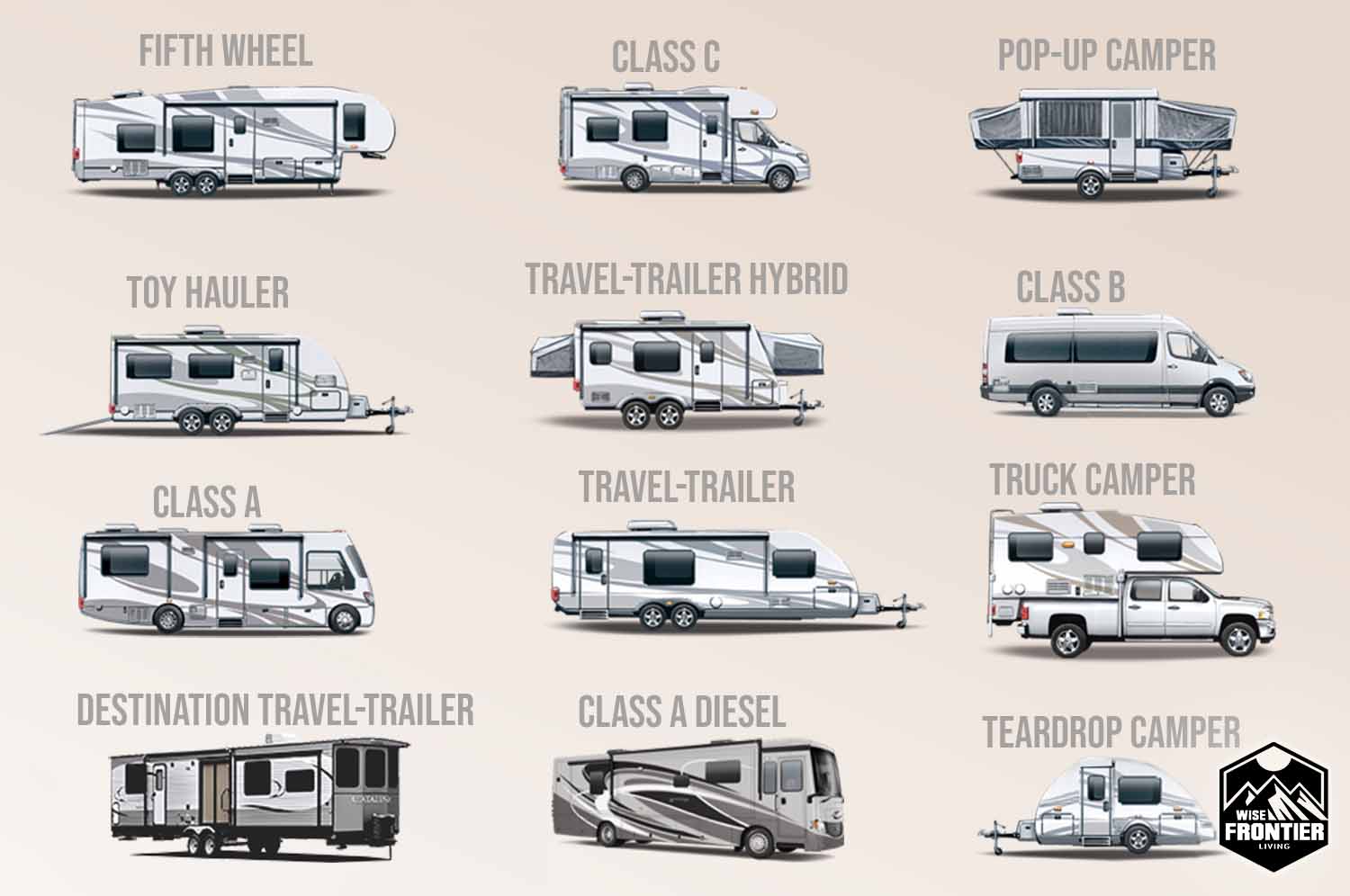
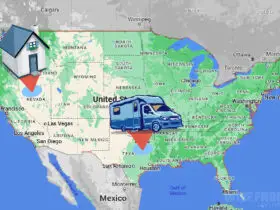
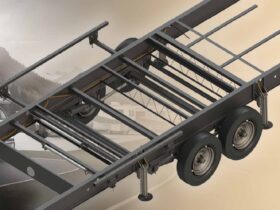
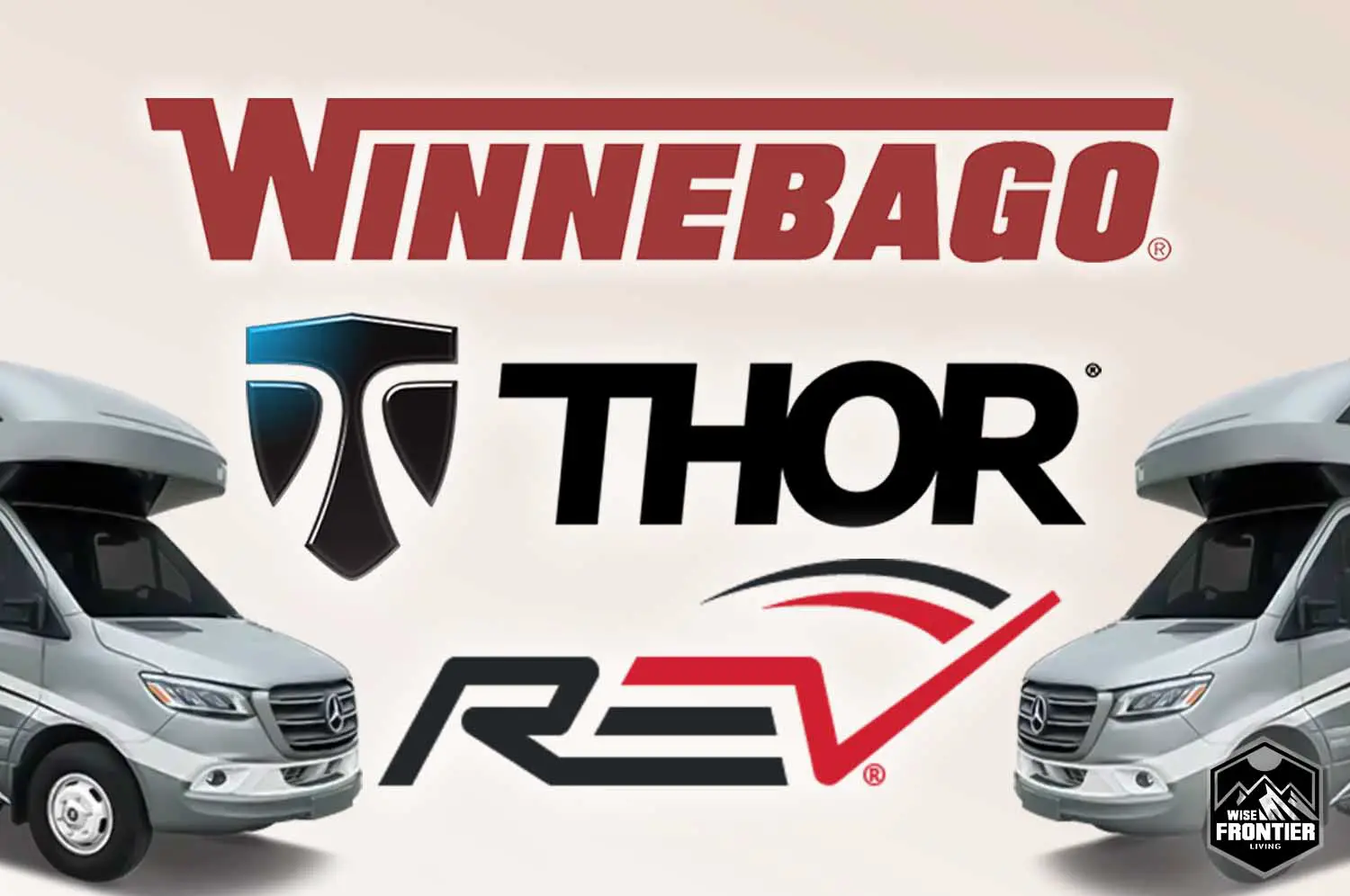
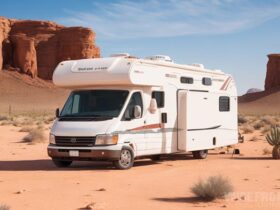

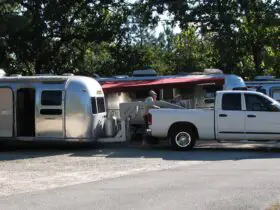
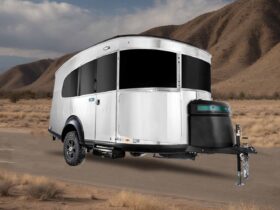

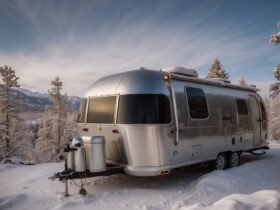
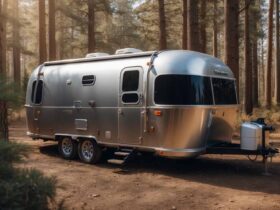
Leave a Reply